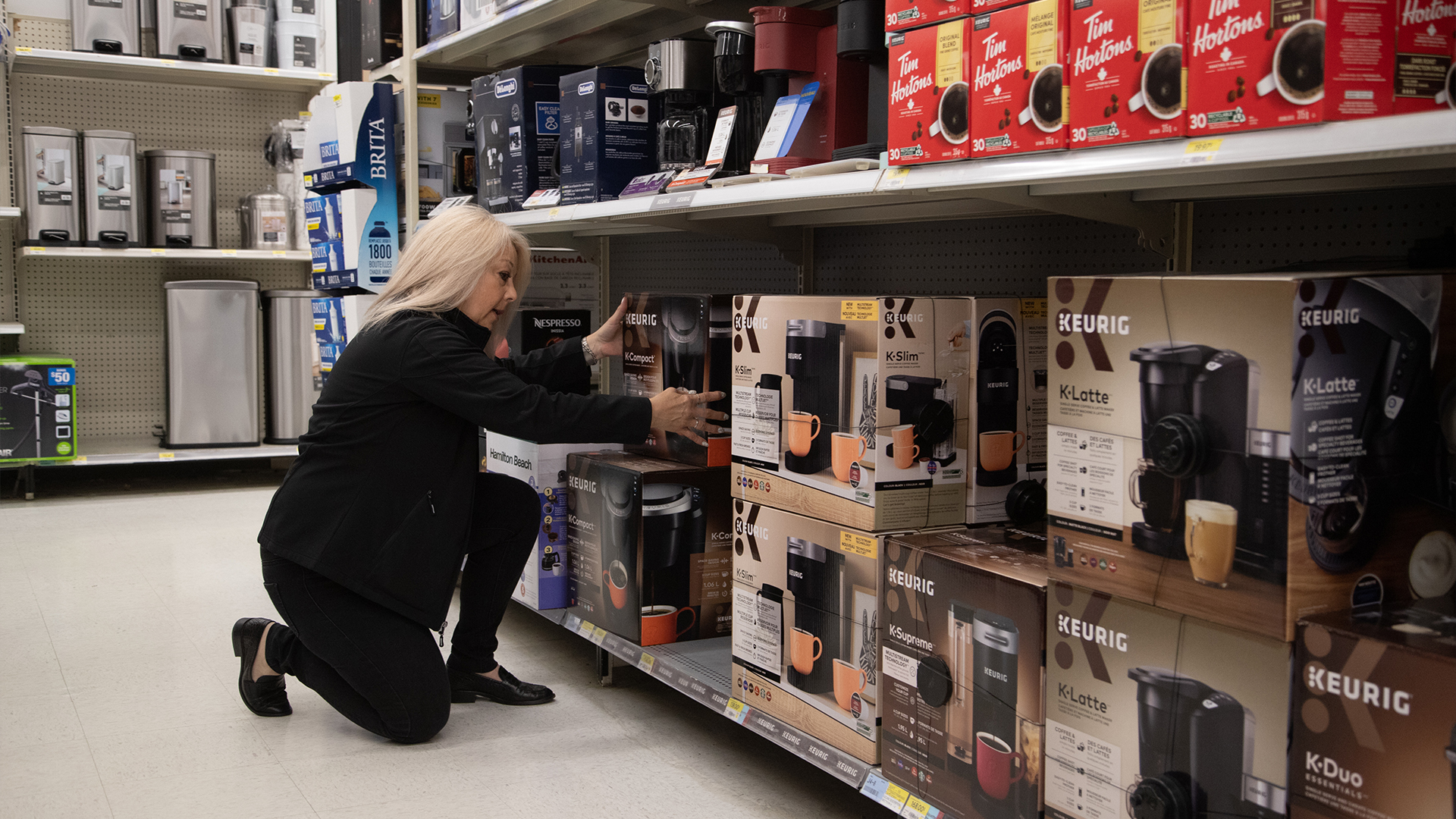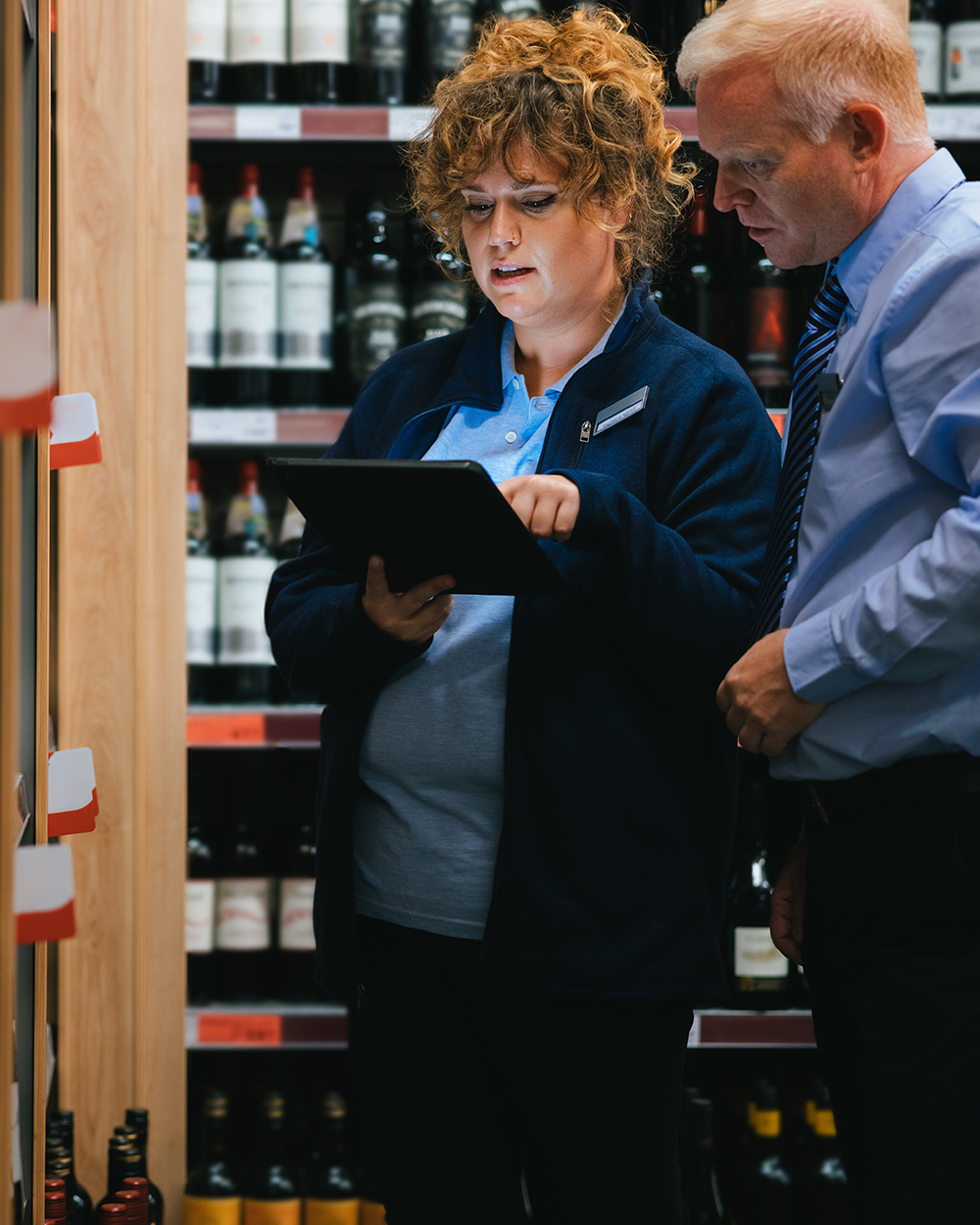
By: Thomas Schertzer

By: Jean-François Montcalm
Developing & Executing a Route-to-Market Program: 10 Steps to a Successful Launch
Launching a Route-to-Market (RTM) program is about more than putting a team in the field. At its core, it’s about helping brands connect with customers at the right time, in the right place, with the right message — and doing it in a way that drives real commercial growth.
At VIBRANT, we’ve partnered with brands across industries to design and scale RTM programs from the ground up. Over the years, we’ve learned what it really takes to bring a program from idea to execution.
Here’s a step-by-step look at the process we follow.
First, we start with a strategic brief.
Every strong program begins with alignment. We sit down with the client to understand their business priorities and the “why” behind the program. Are they looking to grow retail presence? Improve execution at the shelf? Build new channels? Getting crystal clear on objectives sets the tone for everything that follows.
Next, we gather the target list.
We map out exactly where the program needs to show up. That means building a detailed list of customer locations — including addresses, visit frequency, and coverage needs. It may seem tactical, but this is the foundation for efficient planning.

Once complete, we build a territory & coverage strategy.
Armed with the target list, we design smart sales territories that balance geography, workload, and frequency of visits. The goal is simple: maximize productivity while keeping travel realistic for the field team. Depending on the client, we might design our response in a phased approach to be realistic on budget & timing parameters.
Then we build investment scenarios.
With the territory model in place, we create multiple investment options for our partners to consider. Each scenario outlines staffing, costs, and the potential impact so the client has flexibility to choose what fits their goals and budget. In a recent case, we delivered three (3) options to our client that ranged from a regional coverage to a national coverage, with or without sales intelligence reporting. Each scenario will have different number of calls or visits completed.
Now we get to present the partnership proposal.
This isn’t just a pitch — it’s a conversation. We walk the client through the scenarios, align on recommendations, and make sure expectations are clear on both sides. We are our clients partners in sales operations so the conversation if done right is collaborative and results in a mutually agreed upon plan and next steps.
After, we finalize the scope of value.
This documents the outputs, outcomes and business results we are aiming to achieve and what we are responsible for achieving for our partners. VIBRANT is a commercial marketing firm, with a differentiation on commercial. We enable our partners to achieve more business success and this document allows us to have a of roadmap of deliverables, timelines, KPIs and success metrics all detailed.
Next we get to recruiting the right.
and beginning to bring the program to life. We handle job postings, interviews, background checks, and final hires — with a focus on finding people who not only have the skills but will represent the brand with pride.


Then we onboard & train the field team before anyone steps foot in a store.
What makes us different is that we invest in structured onboarding. We cover responsibilities, tools, KPIs, and expectations so that the team is set up for consistency and success from day one. Our clients like this because, after the VIBRANT onboarding, our employees are already aware of their client list, which banners they need to cover, the visit frequency, the company brands, etc. For them, it’s faster and easier to train them as we already walked through the important details. A recent example with our client Keurig Dr. Pepper, we have a merchandising program covering all grocery stores nationally. Before the merchandiser’ first day, they are already keenly aware of their KPIs, which Keurig Dr. Pepper appreciates to ensure alignment with their business priorities.
Now we manage the program success & deliver insights.
Our execution doesn’t stop at launch as this is just the beginning of our work together. We manage daily operations and provide clients with real-time reporting — not just numbers, but insights they can act on to keep improving. Another real-world example is our Nestea blitz program. We have enhanced our call reports from simple Yes/No questions to a more thorough offering that covers package formats, pictures, product location, store incentives, etc. Now we are integrated into the brand only discussion boards where we can upload information in real-time for the brand team to review and act upon. We are an extension of their team and offering much more value than simply number sharing, we are offering tactical support nationally and able to be extremely nimble.
Finally, we complete ongoing check-ins & RTM optimization.
This consists of weekly or monthly check-ins allow that us to review results, celebrate wins, and tackle challenges head-on. These touchpoints keep the program evolving alongside the client’s business as it is never set in stone.
Our final takeaway is that a route-to-market program isn’t just a tactic — it’s a growth engine.
With the right structure, people, and processes, our partner brands reach more customers, execute with excellence and strengthen connections in the market.
If you’re thinking about launching or refreshing your RTM strategy, let’s talk.
Let’s build something great together.